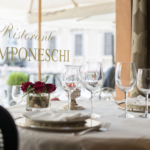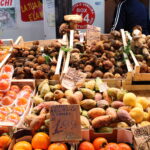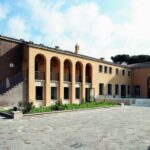TRASTEVERE
The heart of Roman nightlife and one of the strongholds of the true Roman atmosphere. The neighborhood has several distinct areas, the most crowded being around Piazza Trilussa, while the area to the east of Viale Trastevere remains a calm haven of secret culinary treasures.
POINTS OF INTEREST
Porta Portese- Bargaining Roman Style
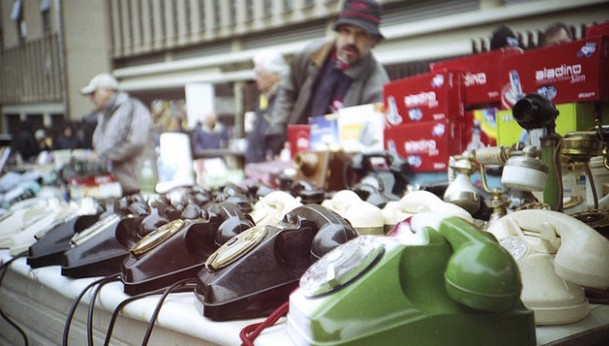
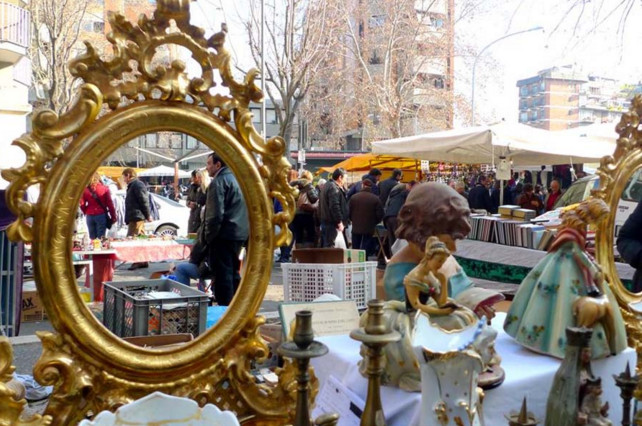
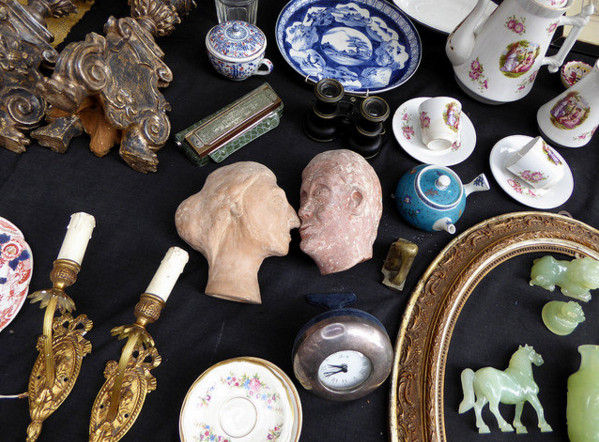
On Sundays there are many things available to do, go to a park and chill, visit a museum, go enjoy a fancy lunch, or visit Rome’s super classic and historic open-air Sunday market Porta Portese. Every Saturday night the first two kilometers of Via Portuense in Trastevere are closed off to give space to the hundreds of shopkeepers who make up one of the most colorful, chaotic and legendary markets of the Eternal City.
There is no limit to what you can find here, there are a gazillion of stands with big heaps of clothes from some godforsaken year in the late 1980’s for a few euros (if you’re lucky only 50 cents) a piece. The potential for finding that one awesome piece that might fit perfectly (it’s an open air market so trying clothes on properly depends entirely on your perception of modesty) is not as slim as it might appear at first, but it takes some dedication.
Naturally the market has much more to offer than 2nd hand (or 3rd or 4th) clothes, there are several shops who sell real value (cough) vintage and handmade furniture, LP’s, fabrics, retro sunglasses, sewing attire, plants, craft supplies, pretty much anything you can imagine and then some. The usual starting point is Porta Portese, the gate where the market begins, and should you be more into technical knick-knack then don’t miss the little road behind the main streak that starts on the corner of Via Ippolito Nievo and Via Napoleone Parboni. Here you can find strange phones, hand-made bikes (you know, those hipster double frame deathtraps) and a snug little porn movie stall (with carton walls to hide the less than modest contents and visitors) that is a gracious remnant of the pre-internet era, though strangely enough still well visited.
The market has become vastly popular and is heavily visited so a recommendation is to go there on a rainy Sunday. Doesn’t sound much fun? Well, here’s why. Negotiating is still very much a thing here, though on a nice Sunday when there are thousands of people strolling by the shopkeepers are much less inclined to give you that awesome price that most likely is still somewhat of a rip-off. However, on rainy days, when the market is a sad spectacle of hooded figures crouching under their umbrellas, that’s when you can really manage to get back home with bags and bags of really cool stuff without having to break a single 20 Euro bill.
For many Romans visiting the market has become a tradition and is a moment for people watching more than for buying cheap stuff we most likely don’t need (let’s be honest, we never do). It’s in places like Porta Portese where the Romano de’ Roma (Roman from Rome, a mythological creature that might never have existed) shows himself in his full glory, in all shapes, colors and sizes, speaking all the world’s tongues.
Every Sunday approximately from 08:00-14:00, depending on the weather
Piazza di Porta Portese
Botanical Garden And Palazzo Corsini- Greens For Popes And Royals
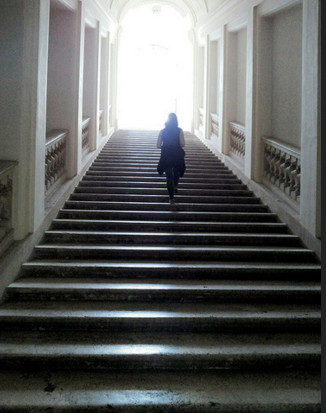
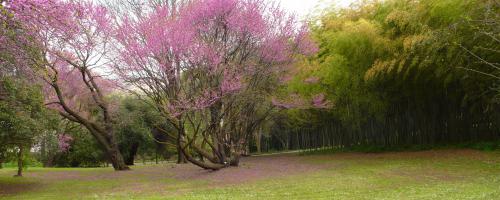
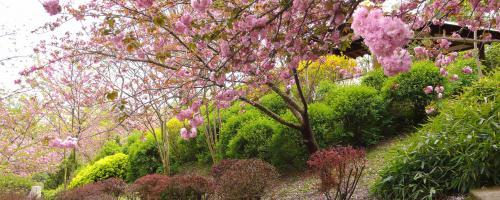
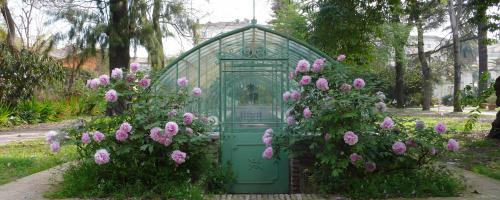
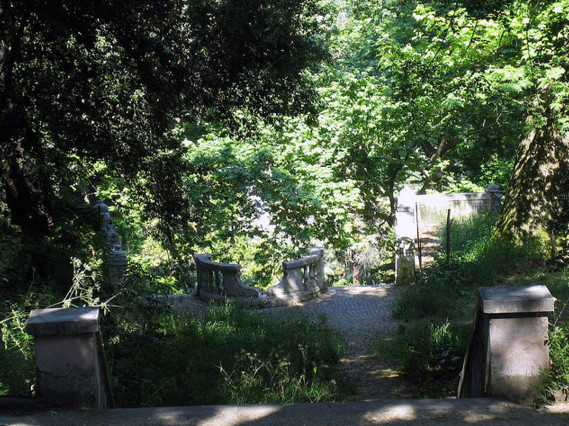
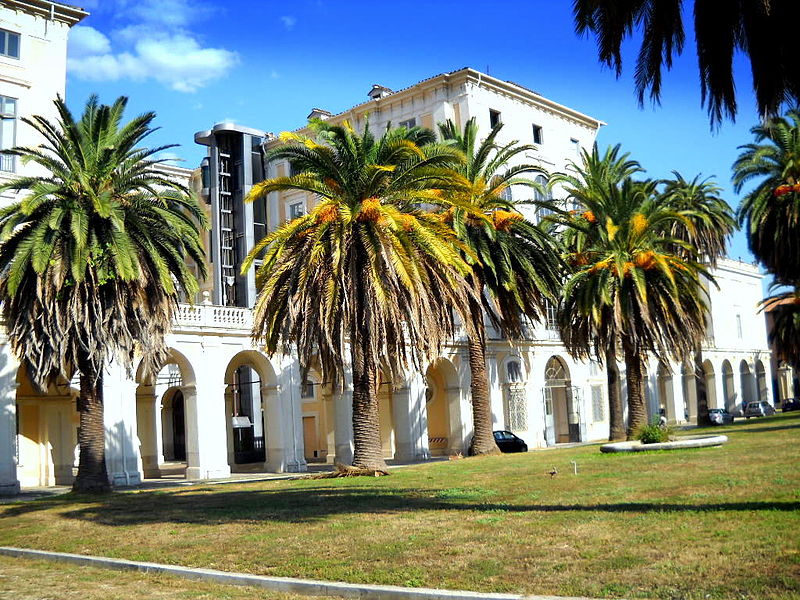
The once green pastures of Roman suburbia used to begin here, in Trastevere, at the foot of the Gianicolo hill. The area used to be part of the Simpliciarius Pontificius Vaticanus, which is no less than the personal herb garden of the Vatican that was founded in the XII century. The garden has taken many shapes and forms under the many Popes who first wanted it to be a vineyard, then a medical herb garden, but first and foremost a private piece of green paradise available but to a select few.
Though botany was studied at the Sapienza University from the mid 16th century, the garden remained secluded and only rare visits were permitted to the students of the budding science. However, the fortune of the eager students was to turn (though only after the turn of a century) when Pope Alexander VII donated it to the Sapienza anno domini 1660.
Its current size was defined only in the year 1883, when the recently founded Italian State acquired the estate of Palazzo Corsini with which it confines. The great variety of species and environments give the garden a peculiar atmosphere. In fact, walking through the different parts it almost seems to pass from one end of the world to the other, not to speak of eras. What first appears like a traditional baroque garden, carefully curated and trimmed soon billows into a bushy and fragrant herb garden that reminds of Provence, only to slim into an elegant and minimalist Japanese garden further up the slope.
The over 3000 species present in the garden are all planted, grown and cared for by the students of the Botany department of the University, in fact the garden is still, after over 400 years, among the belongings of the Sapienza.
The confining garden of Palazzo Corsini is nothing like the botanical garden; in the summer it is arid and even the palms seem to be suffering, while in the winter it appears simply empty and somewhat desolate. Fear not, the loving care is simply directed elsewhere, that is, to the innards of the palace that used to house Europe’s royals.
The palazzo is famed for having been the long-time home of Swedish rebel Queen kristina who came to Rome after having scandalously converted to Catholicism. A great eccentric and lover of the arts, she had a large collection of art and artifacts; parts of which have remained in the Palazzo and are now part of the Gallery.
The Corsini gallery is an incredibly pleasant one to visit, the many sofas and divan’s make admiring the large works some of which by Rubens, Caravaggio and Jusepe de Ribera.
Open daily 09:00-17:30
Largo Cristina di Svezia 24
Open daily except Tuesdays 08:30 – 19:30
Via della Lungara 10
The Almost Corner Bookstore
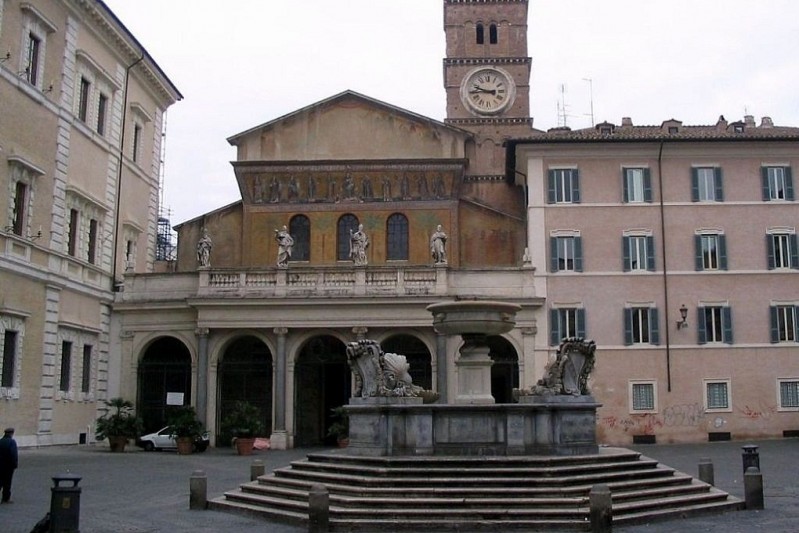
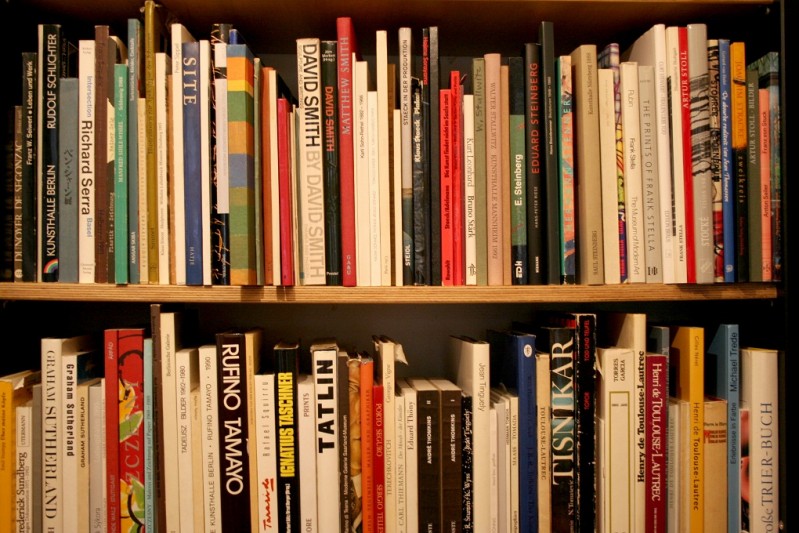

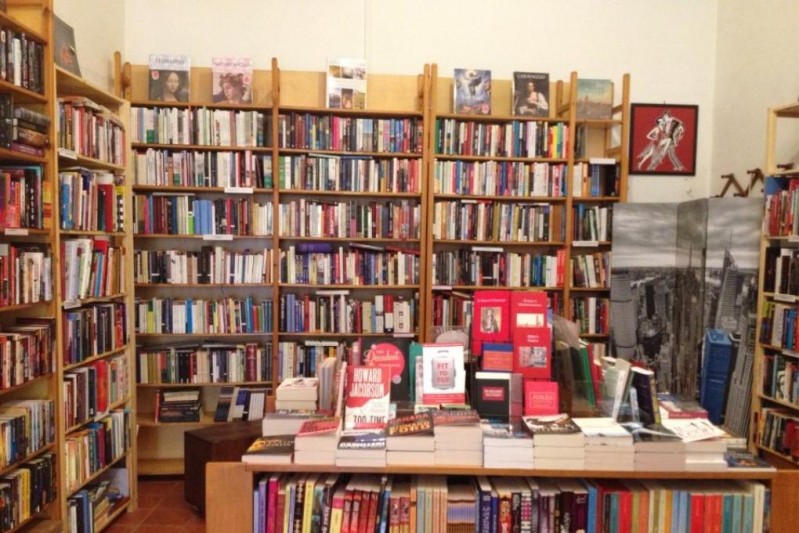
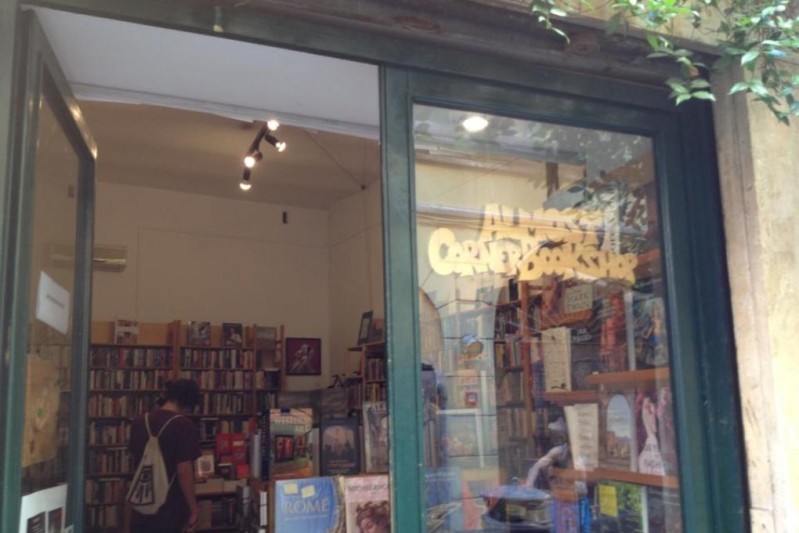
If you are looking for a guide of Rome, a novel to read in one of the beautiful parks of the Eternal City: plunge into the fantastic world of The Almost Corner Bookshop in Via del Moro 48, in the heart of the beautiful Trastevere neighborhood. It is the only bookshop in Rome owned and run by native English speakers, with a staff from England, Scotland and Ireland, always friendly and willing to answer any questions.
Small, but bulging with volumes (both new and used), The Almost Corner Bookshop has a wide collection of texts dedicated to Rome and Italy (art, history, cuisine, tourist guides), but also fiction, reference books and classics of literature. Come in, look around and remember the owners’ motto: «There’s a book for everyone, just ask»!
The Almost Corner Bookshop is always open, even on a Sunday (except in August). Do you want a piece of advice? Buy any text you like and then head towards Piazza Santa Maria in Trastevere: sit on the fountain’s steps (it is considered the oldest, still functioning fountain in Rome) and leaf through the pages at your leisure.
The Almost Corner Bookshop
Address: Via del Moro 48
Metro: Circo Massimo, line 27 to “Volpi” direction and get off at “Vallati / Pettinari”
Phone: 06-5836942
Open: Mon-Sat: 10am-1.30pm / 3.30pm-8pm. Sunday (except in August): 11am-1.30pm / 3.30pm-8pm

